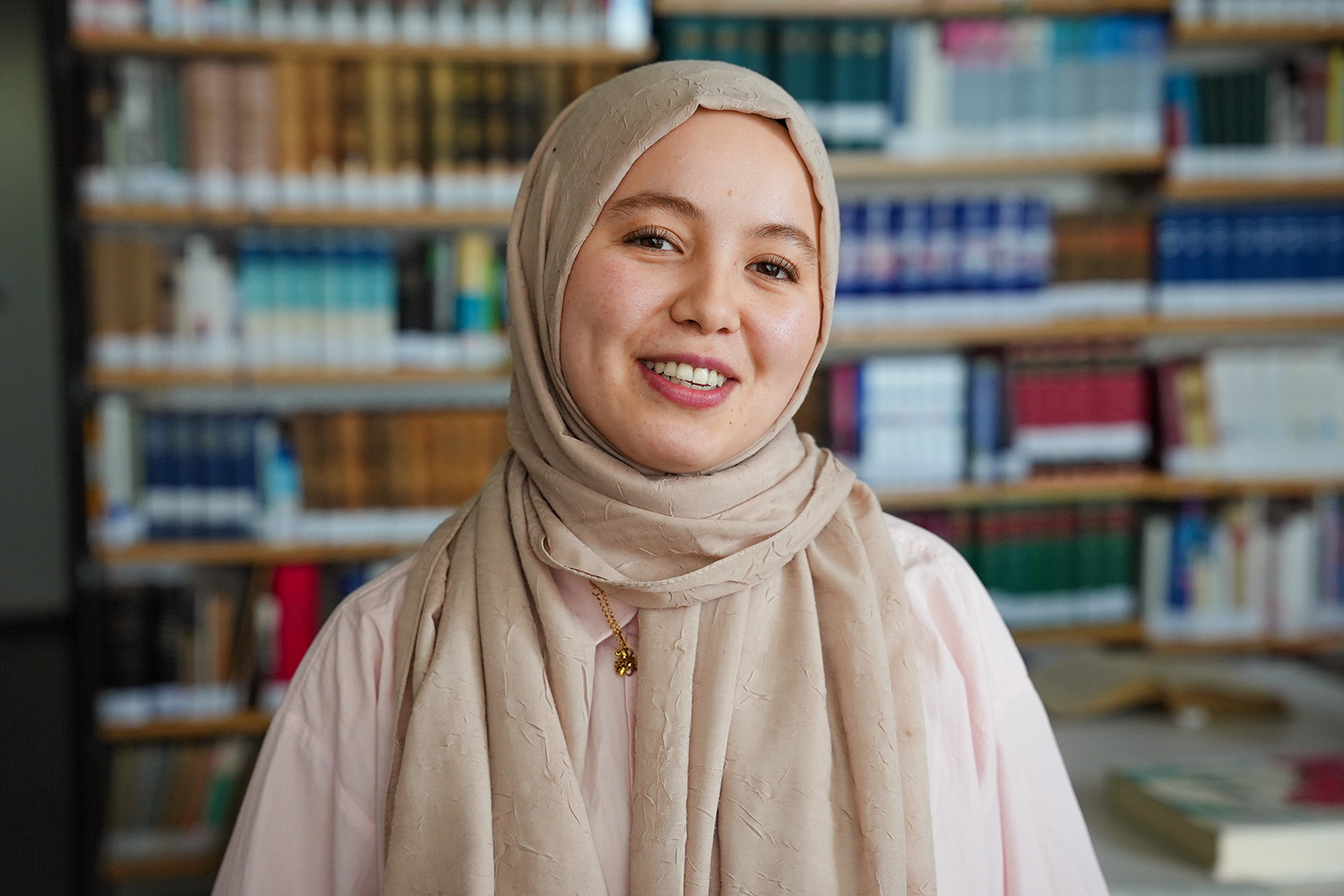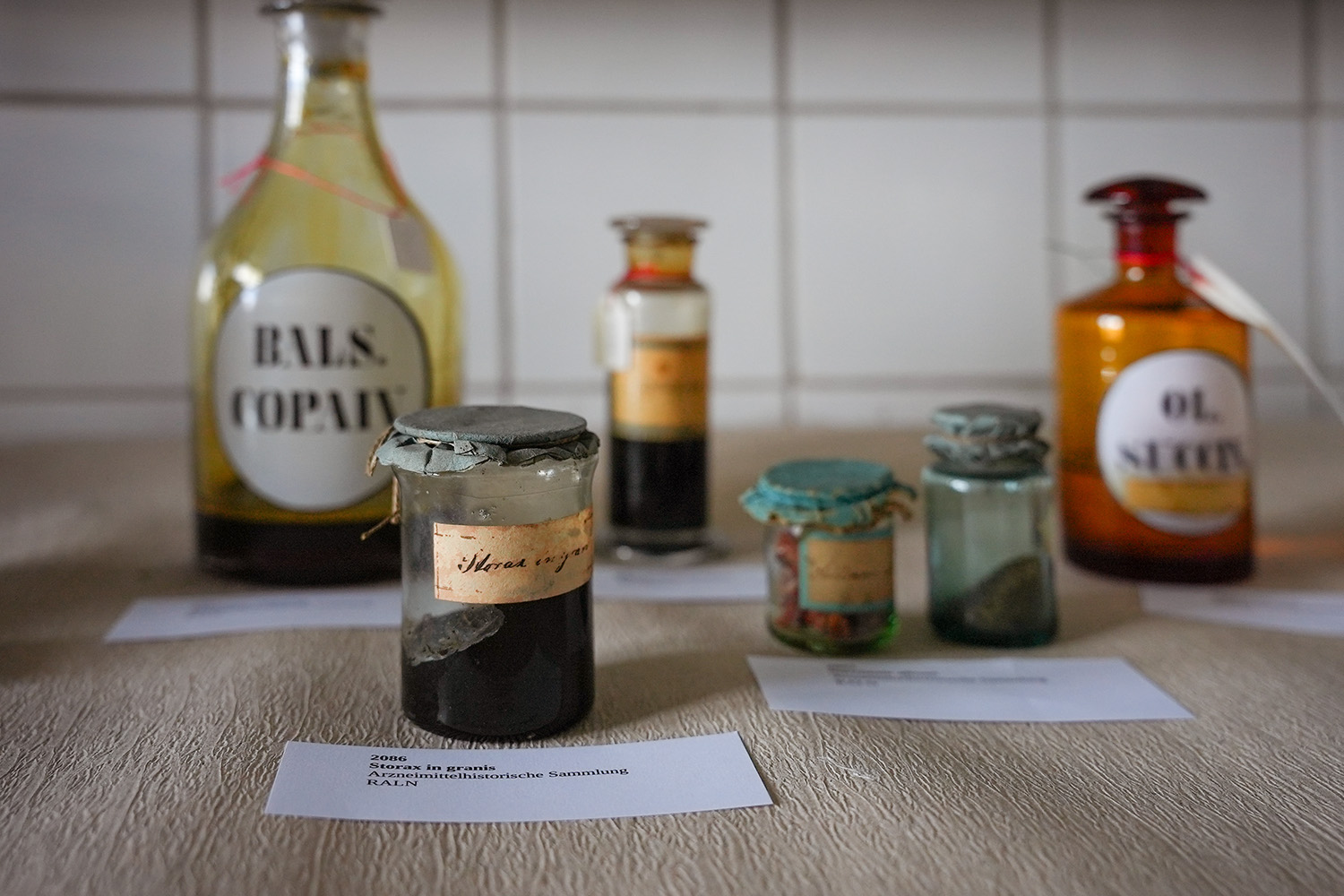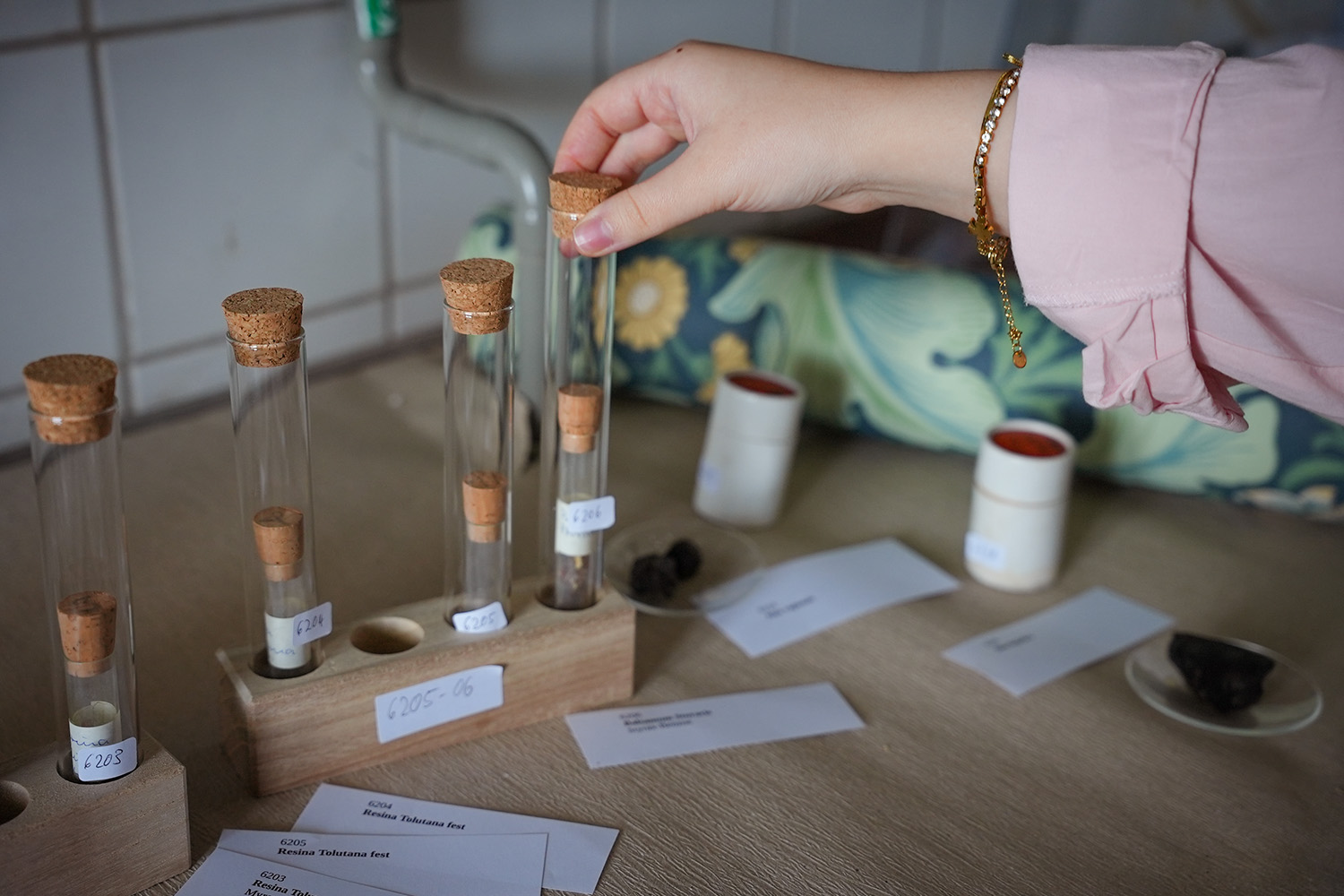Through the history of pharmacy with Erasmus Turkish student Tugba Özadam on her internship with Professor Bettina Wahrig
Tugba Özadam is studying pharmacy in Ankara. She chose Germany for her two-month compulsory internship and is completing it at TU Braunschweig as part of Erasmus+. Here, she is working in the Department of Pharmacy and History of Science with Professor Bettina Wahrig and Dr. Ayman Atat on a project on the history of pharmacy and resins. We met Tugba Özadam.
How did TU Braunschweig spark your interest?

Erasmus+ student Tugba Özadam. Photo credits: János Krüger/TU Braunschweig
I plan to do my Master’s degree in the history of pharmacy. That’s why I specifically looked for an internship in the history of pharmacy. Then I discovered that there is also an Erasmus+ programme where we can do our internship abroad. It’s usually difficult to find something in the field of pharmaceutical history – it’s easier to find opportunities in pharmaceutical technology and chemistry. But then I came across Ayman Atat. Through this contact, I discovered Braunschweig. I hope that I can continue on this path and work in research and teaching after my studies.
What do you think is special about the history of pharmacy?
In my opinion, history is always at the centre of everything; it is linked to all areas. If you don’t know the history, there can be no progress. Sometimes, remedies and methods from the past have been forgotten – today, they could perhaps be of interest again for certain treatments.

Collection of historical resins in the Department of Pharmacy and History of Science at TU Braunschweig. Photo credits: János Krüger/TU Braunschweig
You are working with Professor Bettina Wahrig and Dr. Ayman Atat on a project on the history of pharmacy focusing on resins. What exactly are you planning to do?
We have a really large collection of resins here. It is a marginal topic that is not talked about much anymore. We are interested in the genus classifications and the properties of the resins. In earlier times, they were a component of many pharmaceutical recipes, for example for treating the plague and in cosmetic products.
My research focuses on styrax (storax resin), particularly styrax benzoin. However, in historical sources, it is often referred to only as ‘styrax’ or ‘storax,’ as there was no clear classification of the genus at that time. Using the collection, I examine how styrax benzoin was used in past centuries, for example as incense during times of plague, but also in cosmetic recipes. It is a fragrant resin that was used in many ways, for example as a remedy or in the form of wound plasters.

Resin samples from the Schneider Collection. Photo credits: János Krüger/TU Braunschweig
Experience abroad with Erasmus+ – would you recommend it?
Yes, of course, definitely. I could have done my internship in Turkey – with less effort and fewer forms to fill out when applying. I have learned a great deal here, especially in researching historical sources and academic writing. And: I am now certain that I want to continue focusing on the history of pharmacy.
